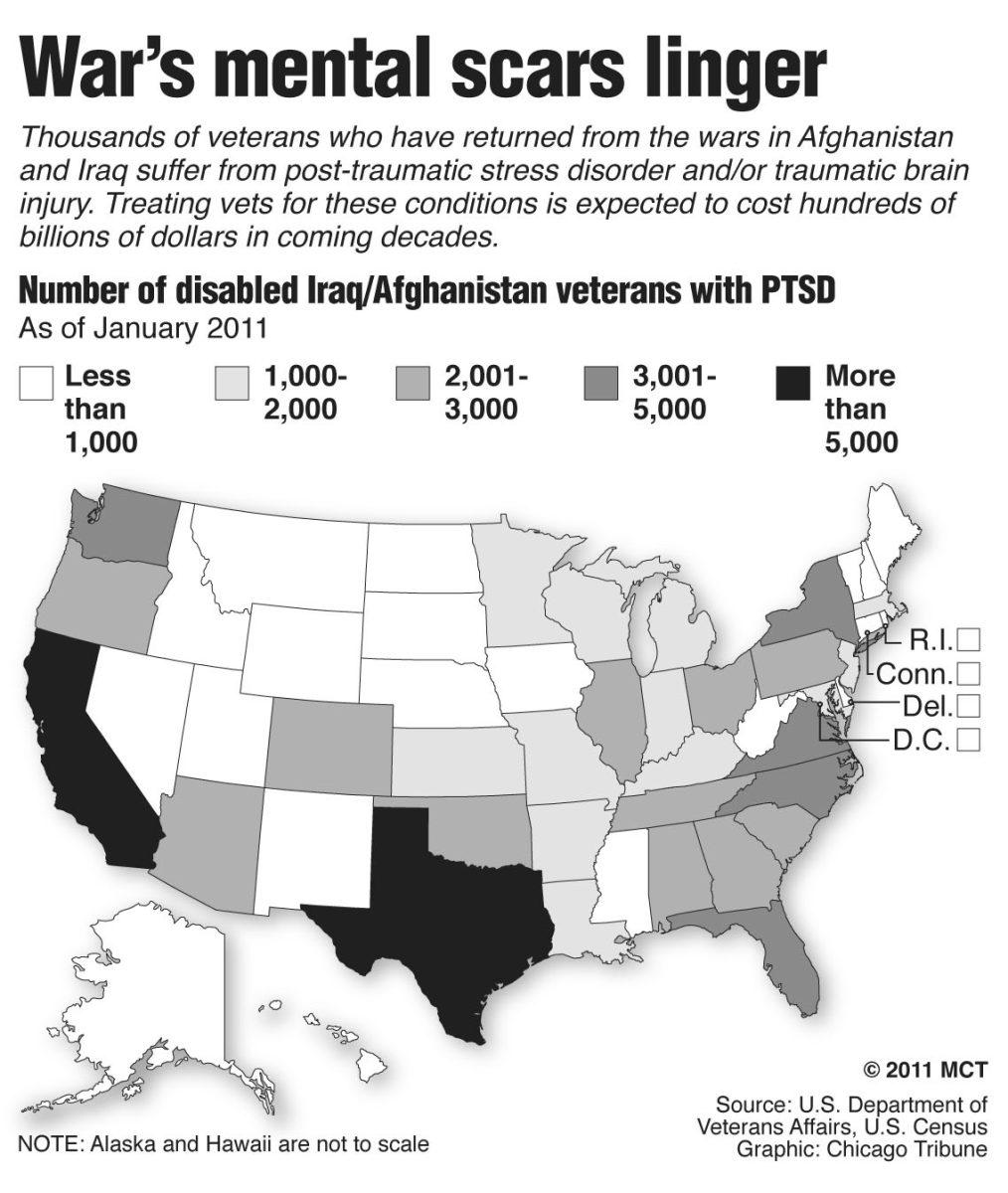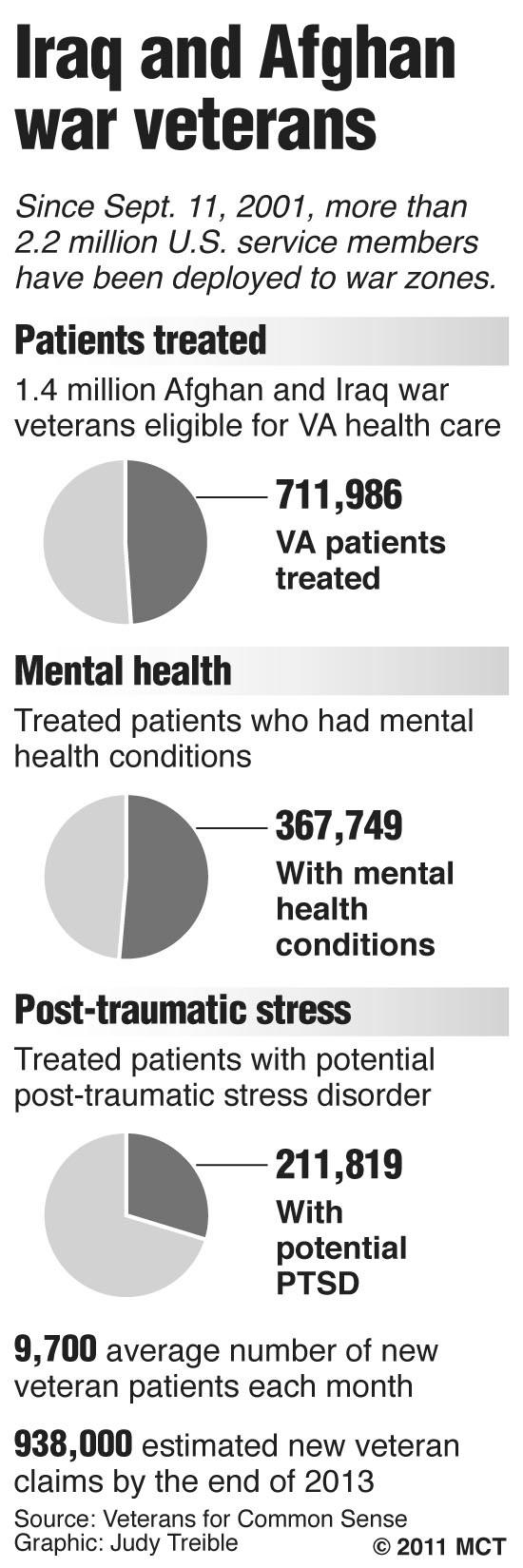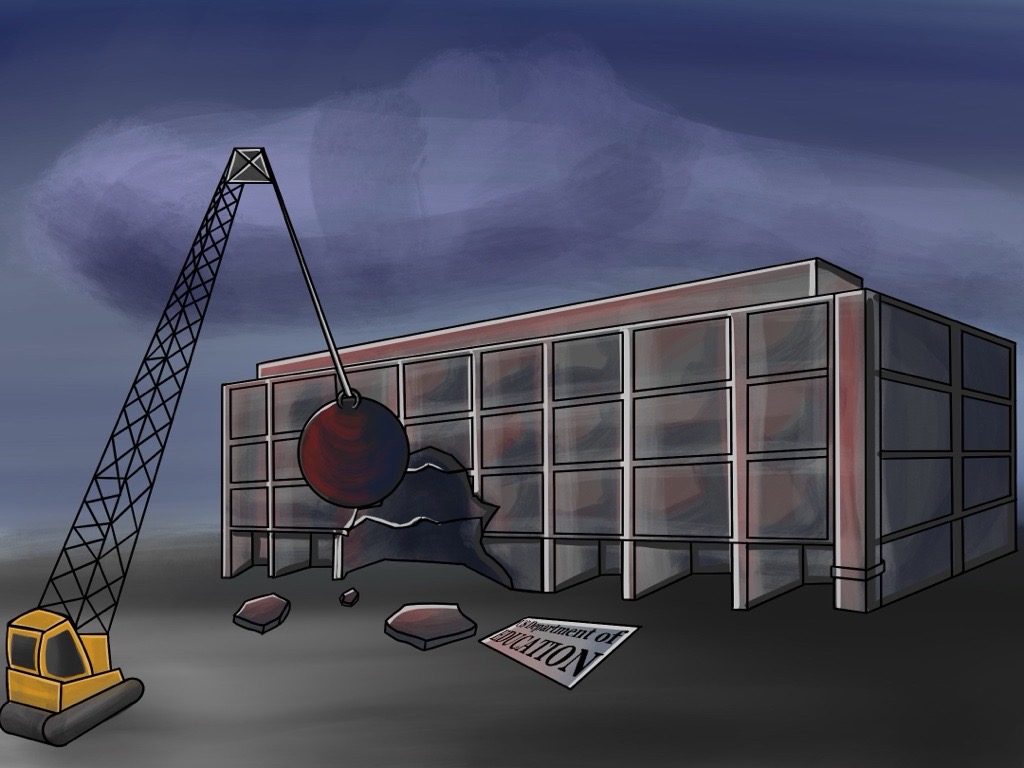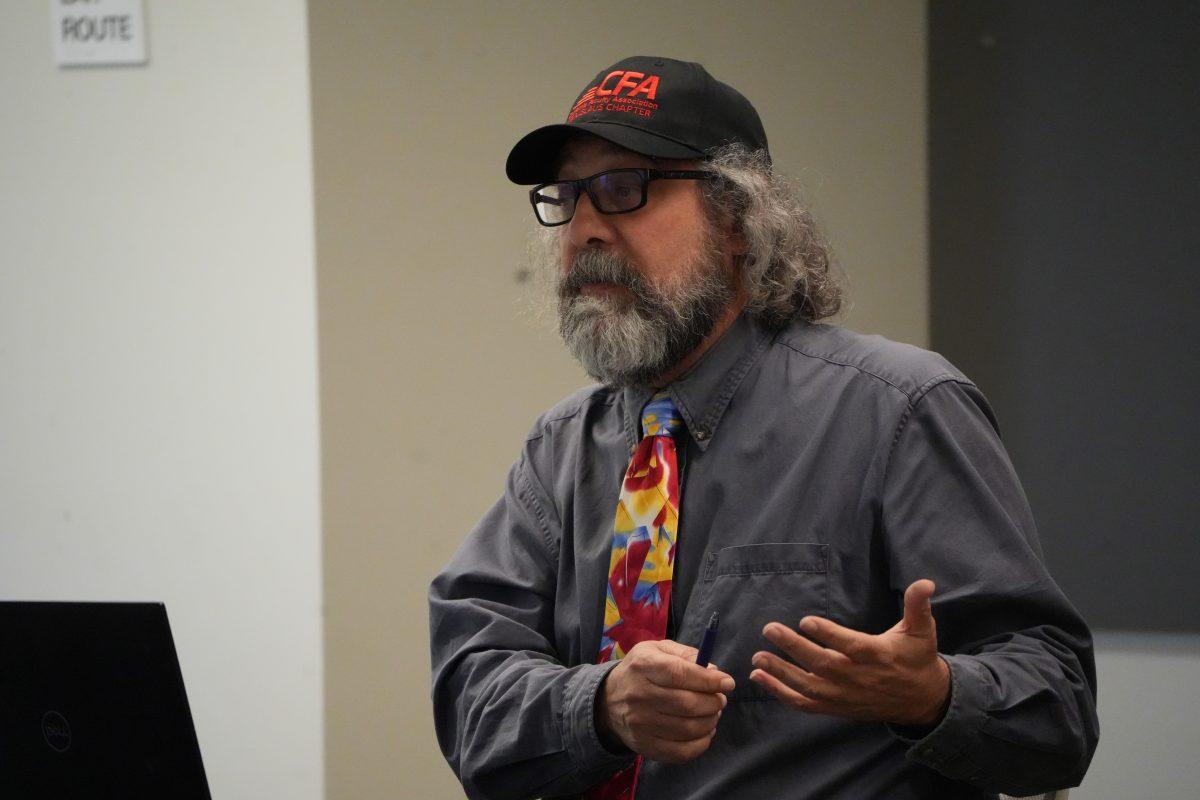Ten years ago, former President George W. Bush announced military operations “to disarm Iraq, to free its people and to defend the world from grave danger.”
This began Operation Iraqi Freedom (OIF).
OIF was initially set into motion to disarm Iraq on the pretense that weapons of mass destruction were present in the Middle Eastern country. OIF came to its conclusion Dec. 15, 2011.
The war killed at least 190,000 men and women in uniform, contractors and civilians, and with interest charges will have cost the United States $2.2 trillion according to the Brown Watson Institute assessment.
This figure exceeds the initial 2002 spending estimates by the U.S. Office of Management and Budget set at $60 billion.
Andrew Huff, a California State University, Stanislaus graduate and veteran of OIF explained serving his country is worth dying for.
“I don’t agree with everything Washington D.C. does,” Huff said. “I just know that I live in the greatest nation in the world and I’m proud to say I served.”
After serving four years in Active Duty, Huff came back to California and contacted the Department of Veteran Affairs (VA) to qualify for veteran benefits. It took Huff six months to receive benefits. Access to veteran benefits can now take up to a year or more.
At the start of 2012, the VA promised to cut into the pending compensation claims which have been piling up increasingly the past few years.
According to National Public Radio, slightly more than 863,000 people had pending compensation claims with the VA in December of 2012, according to a Dec. 17 report.
“We feel like the backlog is unacceptable,” Tommy Sowers, assistant secretary for public affairs at the VA said.
“When we make it easier for veterans to be diagnosed for post-traumatic stress disorder (PTSD) that means more claims are going to come in the door.”
The VA defines PTSD as a severe anxiety disorder that can develop after exposure to any event that results in psychological trauma. The VA has more claims for PTSD than any other diagnosis for veterans coming home.
PTSD is the leading cause of suicides among veterans. Suicides are at an all-time high for both veterans and active duty members.
According to the Associated Press, the number of suicide deaths in the U.S. military surged to an all time record high of 349 last year.
That is more than the 295 Americans who died fighting in Afghanistan in 2012.
Paul Riekhoff, executive director of Iraq and Afghanistan Veterans of America, called suicides among active-duty personnel “the tip of the iceberg.”
Riekhoff cited a survey the group conducted this year that found 37 percent of its 160,000 members knew military personnel who had committed suicide.
Ten years after the invasion of Iraq, the battle continues for veterans back home as they await their VA benefits.








